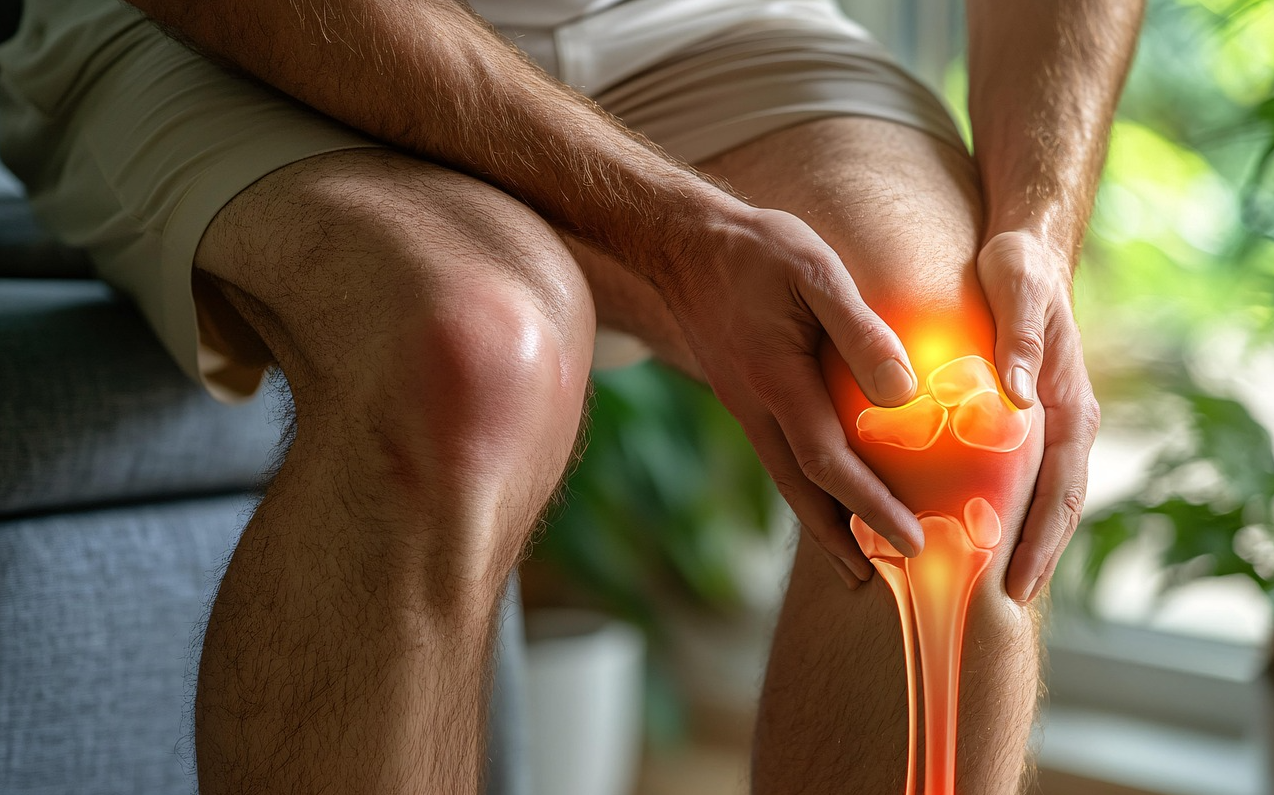If you’ve ever heard someone say, “I can feel a storm coming in my knees,” you might have wondered whether there’s any truth to the idea that weather affects joint pain. While it may sound like folklore, many people with arthritis or chronic joint pain report increased discomfort when the weather changes.
So, is there really a connection between joint pain and the weather? Let’s explore what science says—and what you can do if you notice your joints aching with the forecast.
What’s the Theory Behind Weather and Joint Pain?
The idea that weather impacts joint pain isn’t new. It dates back to ancient times, and even today, many people with arthritis claim to be able to “predict” changes in the weather.
The most common theories involve:
- Barometric pressure: As atmospheric pressure drops (often before rain or storms), the air presses less against the body. This slight change may cause tissues to expand and irritate already inflamed joints.
- Temperature changes: Cold weather may increase joint stiffness and reduce circulation, leading to increased discomfort.
- Humidity: High humidity can increase swelling in joint tissues, while low humidity might cause dehydration in the joints.
- Rain or damp conditions: Wet weather is often associated with cold, which can affect muscle tone and joint mobility.
What Does the Research Say?
Scientific studies on this topic have produced mixed results:
- Some studies have shown a correlation between low barometric pressure and increased joint pain, especially in people with osteoarthritis or rheumatoid arthritis.
- Others found no consistent or significant link between weather patterns and joint pain symptoms.
- A 2019 study published in Nature analyzed data from thousands of arthritis sufferers and weather records in the UK and found slightly higher pain reports on days with low pressure and high humidity—but the effects were modest.
In short, while there’s no definitive scientific consensus, there’s enough anecdotal evidence and some research support to suggest weather may play a role, particularly for people already dealing with joint issues.
Why Do Some People Feel It More Than Others?
Not everyone with joint pain is sensitive to weather changes. Factors that might influence weather-related pain include:
- Type of joint condition (e.g., rheumatoid arthritis, osteoarthritis, fibromyalgia)
- Age
- Level of inflammation
- Lifestyle factors, like physical activity, diet, or mood
- Pain perception, which varies from person to person
Psychological factors like anxiety or depression—often affected by gloomy or cold weather—can also influence how we perceive pain.
Tips to Manage Weather-Related Joint Pain
If you notice that your joints feel worse during certain weather conditions, try these strategies to minimize discomfort:
✅ Stay Warm
Dress in layers, use heating pads, or take warm showers to relax stiff joints.
✅ Stay Active
Light, low-impact exercises (like walking, swimming, or stretching) can improve flexibility and reduce stiffness.
✅ Manage Inflammation
Follow an anti-inflammatory diet and stay hydrated to support joint health.
✅ Keep a Symptom Journal
Track your joint pain alongside the weather. This may help you identify specific patterns and prepare in advance.
✅ Use Over-the-Counter Relief
Talk to your doctor about anti-inflammatory medications or topical pain relief for short-term discomfort.
✅ Consider Indoor Exercise
In colder months, move your workout indoors to maintain regular physical activity without exposing yourself to cold, damp weather.
Final Thoughts
While the scientific community is still exploring the connection between joint pain and weather, many people report a real and noticeable effect. Whether it’s a drop in barometric pressure or a change in temperature, your body may be more in tune with the environment than you think.
If you find that the weather worsens your joint symptoms, take proactive steps to stay comfortable and talk to your healthcare provider about long-term strategies. After all, you can’t control the weather—but you can control how you respond to it.
